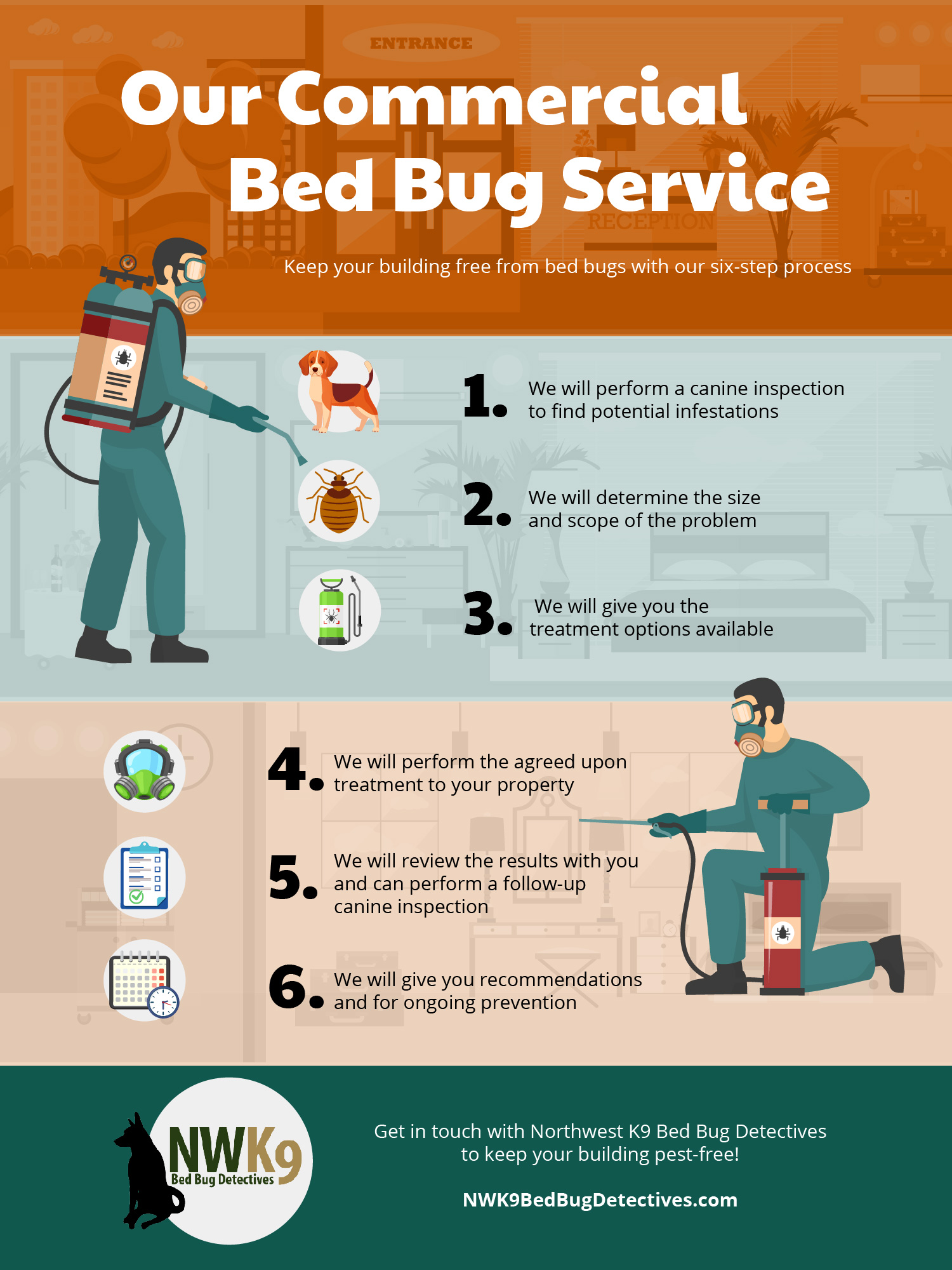The Ultimate Guide To Bed Bug Services
Table of ContentsThe Basic Principles Of Bed Bug Services Indicators on Bed Bug Services You Should KnowBed Bug Services Fundamentals ExplainedSee This Report on Bed Bug Services
A professional bed bug inspection is a meticulous process and requires specialized knowledge. Bed bugs are small, elusive, and adept at hiding that seek cracks, crevices, and furniture seams. Because of their stealthy behavior, meticulous assessment is critical to determine the presence and extent of an infestation. Professional inspectors employ a range of techniques, tools, and expertise to detect bed bugs accurately, stopping infestations from worsening.The first step in any professional inspection involves familiarizing oneself with the biology of bed bugs. Bed bugs belong to the Cimicidae family and undergo a life cycle that includes eggs, nymph stages, and adulthood. Adults are around five millimeters long, flat, reddish-brown, and wingless with slender legs and antennae. Their mouthparts are designed to pierce skin and extract blood, producing skin irritation and visible marks. Knowing these traits guides professionals in locating infestations.
Early detection is critical for stopping the problem from spreading. Professionals look for specific indicators such as fresh droppings that resemble small ink dots, old stains, shed skins, eggs, or eggshells (Bed Bug Services). Female bed bugs are capable of laying hundreds of eggs, resulting in serious outbreaks. Evidence of molted skins or eggshells indicates active infestation and necessitates immediate attention
Preparing for an inspection requires attention to detail. Inspectors often advise removing items that block access, which facilitates examination of hard-to-reach areas. Bedding and linens may be cleaned thoroughly and sealed in plastic bags, and then stored in sealed bags to prevent re-infestation. Wall decor, mirrors, and pictures should be taken down to check hiding places. Vacuuming furniture and floors helps clean up stray insects, and vacuum bags should be discarded carefully to avoid spreading.
See This Report on Bed Bug Services
The inspection itself is comprehensive and careful. Inspectors start with beds and adjacent furniture, paying attention to edges, seams, and potential hiding spots. Upholstered furniture, including seating furniture, is scrutinized to reveal any hidden pests. Baseboards, moldings, the edges of wall-to-wall carpeting, electrical outlets, closets, and storage areas are methodically checked, as these can be common harborage sites.
Specialized tools enhance detection accuracy. Flashlights, magnifying lenses, multi-tools, and mirrors provide visibility in crevices and corners. Monitoring devices like interceptor traps or sticky pads help track bed bug activity over time. Some companies use detection dogs, which can locate live bed bugs quickly, distinguishing them from old evidence.

Meticulous documentation is essential. Inspectors maintain detailed notes of findings, areas affected, and next steps. This provides a reference for follow-ups and facilitates discussion with residents. Residents are often advised not to remove blood-stained sheets or vacuum infested areas, as this prevents loss of critical information.
After inspection, a monitoring plan may be recommended to follow up on findings. Continuous monitoring detects reinfestation, and collecting see this feedback from occupants provides additional insight. Cooperation from residents supports the inspection process.
Getting My Bed Bug Services To Work

Professional inspections are more reliable than self-inspections. Trained inspectors know what to look for and where, prevent misdiagnosis, and provide certainty.
Bed bug inspections are particularly important in high-risk environments. Inspectors check neighboring rooms and shared spaces to identify potential spread (Bed Bug Services). This prevents escalation and reduces treatment costs
In summary, a professional bed bug inspection includes identifying the pest, readying the environment, inspecting meticulously, employing tools, maintaining records, and ongoing monitoring. Each step supports early detection, informs treatment, and reduces future risk.
Some Known Questions About Bed Bug Services.
